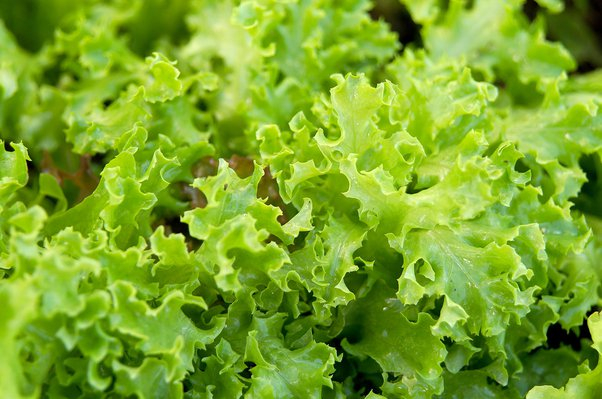Lettuce

Lettuce (Lactuca sativa) is an Asteraceae family annual plant. It is commonly grown as a leaf vegetable, but its stem and seeds are also harvested. Lettuce is most commonly associated with salads, although it can also be found in soups, sandwiches, and wraps; it can also be grilled. The ancient Egyptians were the first to cultivate lettuce, transforming it from a plant whose seeds were used to extract oil into a lucrative food crop produced for its succulent leaves and oil-rich seeds. The Greeks and Romans both ate lettuce, and the Romans gave it the name Lactuca, from whence the English lettuce is derived.
Lettuce is most probably the most common vitamin K source in American diets. Vitamin K can also help you avoid bone fractures if you get enough of it. Lettuce is a great source of vitamin K (97 percent DV) and vitamin A (21 percent DV), with darker green lettuces, such as romaine, having higher quantities of the provitamin A complex beta-carotene. With the exception of iceberg lettuce, lettuce is a good source of folate and iron (10–19 percent DV). Iceberg, romaine, green leaf, and bibb lettuce are among the varieties offered at salad bars and grocery stores across the country.











